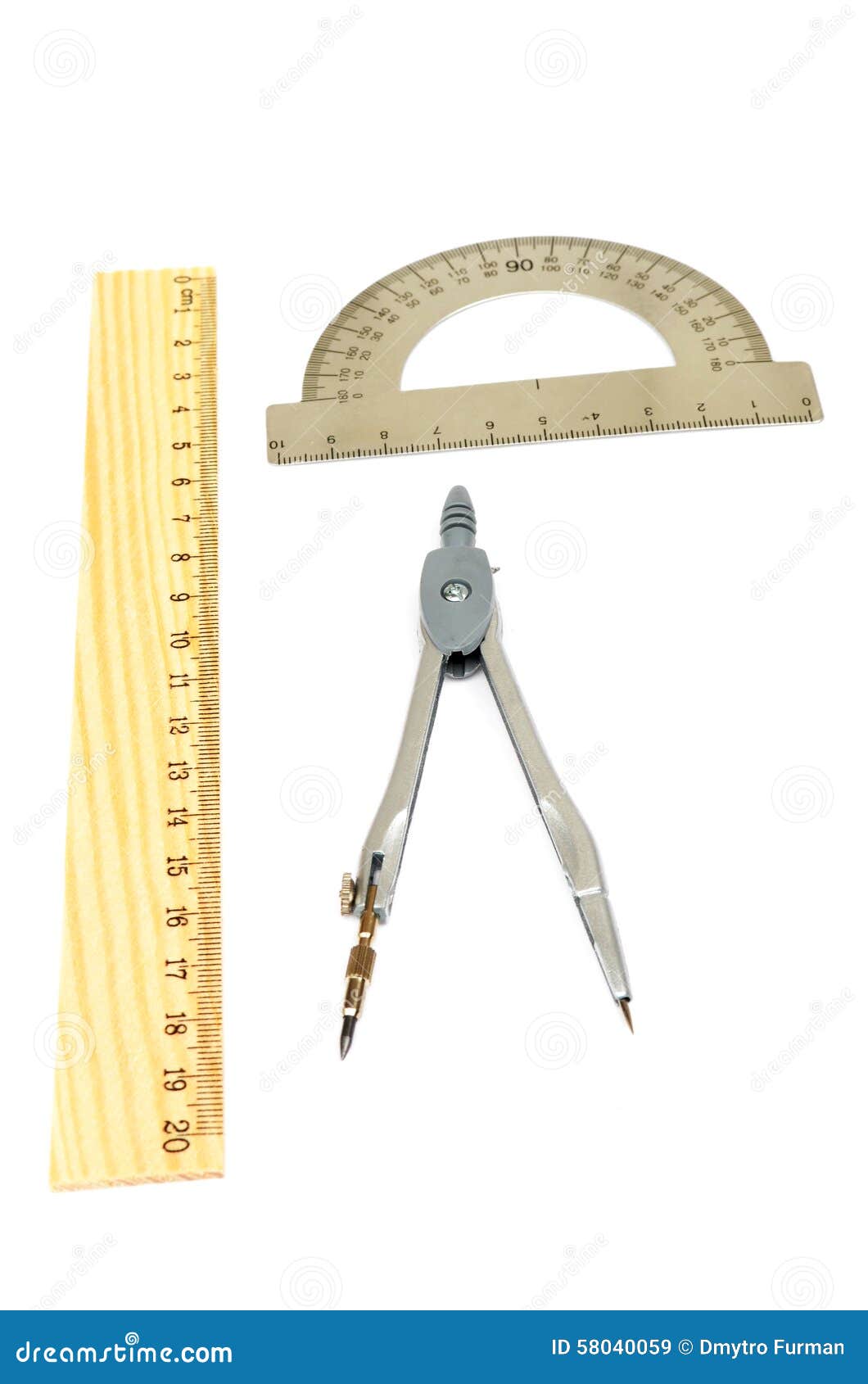

All you do is take you compass and line it up from your current point to your desired destination and look at the compass reading. Turn your entire body as a unit until your predetermined azimuth falls under the fixed black index line. Hold the compass steady and level, and up to your face. The function of a compass is to draw a circle or an. To use your lensatic compass to find the direction of your intended azimuth (which you probably got from your map, using your protractor): 1. Now your map's true north is lined up to your local magnetic north, and you've just completely circumvented the whole problem of declination (also removing a potential source of error since declination changes with time).įrom here it's simple. Compass is made from two straight rods and they can be folded or extended. Next, rotate the entire thing (map and compass) until your compass is telling you that it's pointing north. A compass, or more correctly, a pair of compasses, is a tool for technical drawing that may be used to draw arcs or circles. I generally line it up with a north/south gridline. Lay the compass down on the map so its long side is parallel with the north/south axis of the map. Take your lensatic compass and open it up all the way so it is one flat line. So, take your map and lay it down on a flat surface (i.e. Since the ultimate goal is to transfer the angle between the map and compass, why not do it directly? That way you skip the math, the protractor, the lines, and get it all done quicker. There's a better way, I believe, from both a time and an accuracy standpoint. There's a lot of room for error and mistakes, and it takes time, which is sometimes a very precious commodity. You need to write things down, draw lines, perform math, and make sure you do so with a reasonable degree of accuracy. The only problem is that this process takes time and tools.


At that point you know what direction you need to head to get to your next stop, and if you pair that with an accurate distance you'll be on your way in no time. From your known location on the map, you take your protractor, line it up to true north, find the angle to your next point, adjust for declination, and then shoot that angle with your compass. The normal method to transfer angles from your lensatic compass to your map and back is with a protractor and a pencil.


 0 kommentar(er)
0 kommentar(er)
